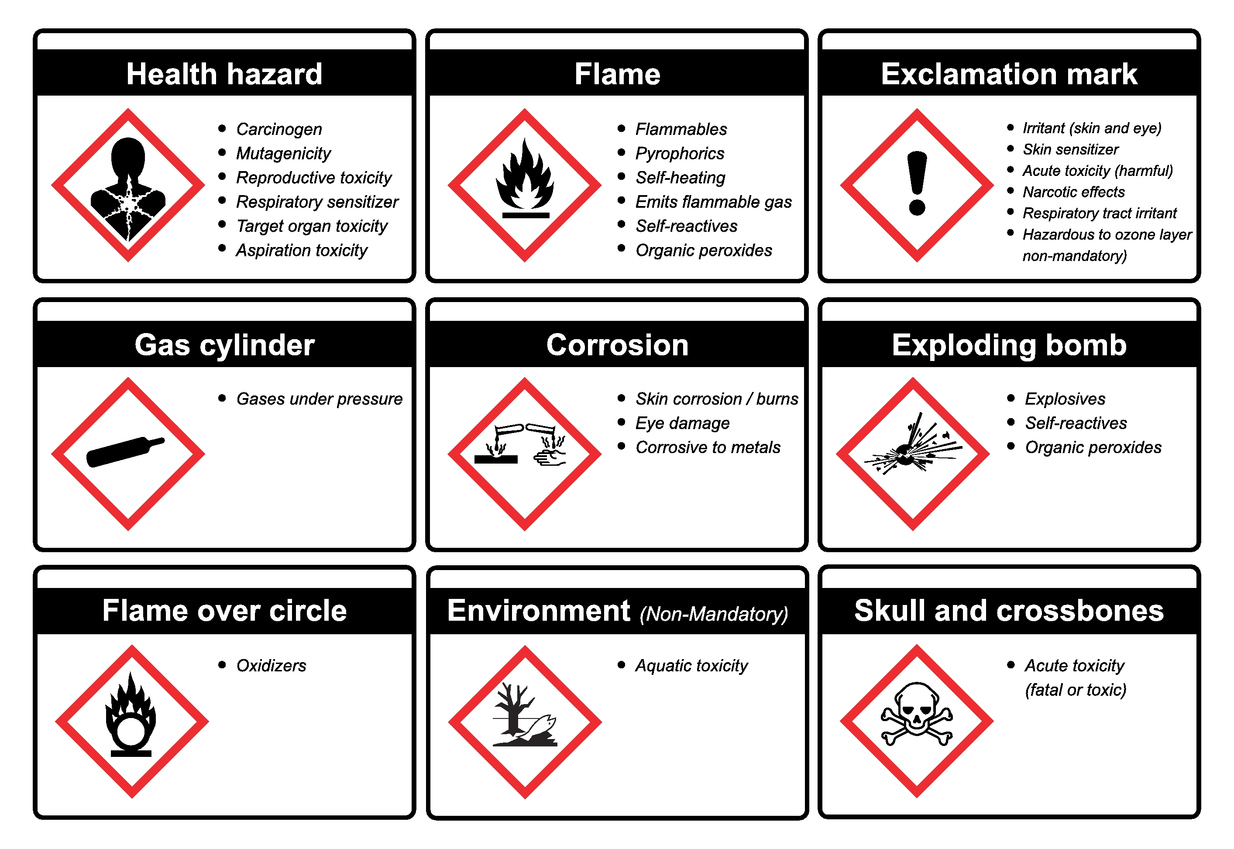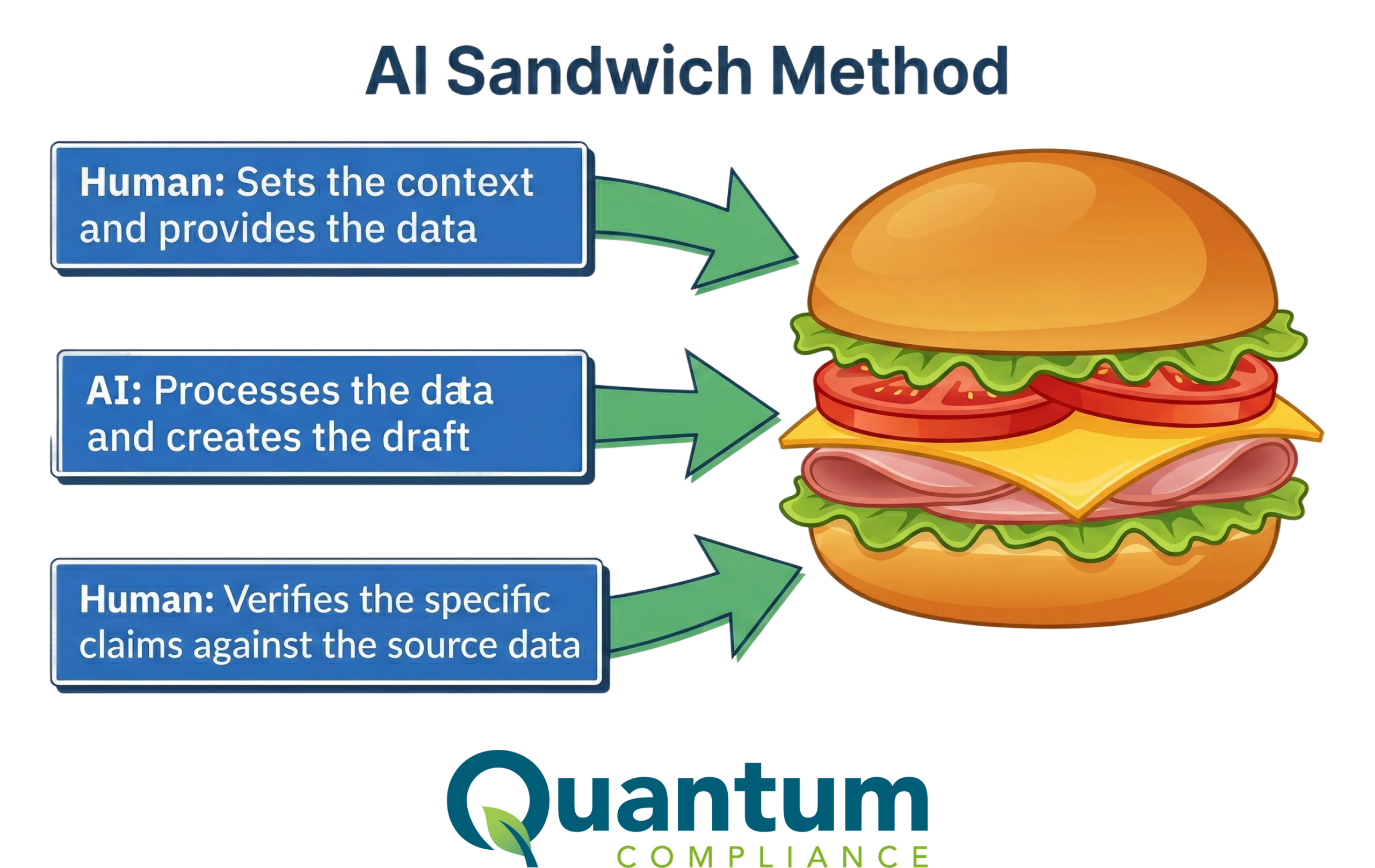Maintaining workplace safety standards is crucial for any organization handling hazardous chemicals. One of the key components in ensuring safety and compliance is the use of Globally Harmonized System (GHS) labels. These labels play a vital role in communicating hazard information effectively, thereby protecting workers and the environment. This article explores the importance of GHS Labels in maintaining workplace safety standards and how they contribute to a safer working environment.
What are GHS Labels?
GHS Labels are standardized labels that provide critical information about hazardous chemicals. Developed by the United Nations, the Globally Harmonized System (GHS) aims to create a consistent, global framework for hazard communication. GHS Labels include details such as the chemical’s identity, hazard pictograms, signal words, hazard statements, precautionary statements, and supplier information. These labels ensure that everyone, regardless of language or location, can understand the risks associated with a particular chemical.
Key Components of GHS Labels
- Chemical Identity:
GHS Labels clearly identify the chemical substance or mixture, allowing workers to know exactly what they are handling.
- Hazard Pictograms:
These visual symbols on GHS Labels convey the type of hazard a chemical poses, such as toxicity, flammability, or corrosiveness. Pictograms provide an immediate visual cue about the nature of the hazard.
- Signal Words:
GHS Labels use signal words like “Danger” or “Warning” to indicate the severity of the hazard. These words help prioritize the level of caution workers need to exercise.
- Hazard Statements:
These statements on GHS Labels describe the nature of the hazard in detail. For example, “Causes severe skin burns and eye damage” gives specific information about the risks involved.
- Precautionary Statements:
GHS Labels include precautionary statements that provide guidance on safe handling, storage, and disposal of the chemical. They also offer first-aid measures in case of exposure.
- Supplier Information:
The supplier’s name, address, and phone number are listed on GHS Labels, ensuring that workers can contact the supplier for additional information if needed.
Why GHS Labels are Essential for Workplace Safety
- Clear Communication of Hazards:
GHS Labels provide a standardized way of communicating hazards, ensuring that all workers, regardless of their background or language proficiency, can understand the risks associated with a chemical. This clarity helps prevent accidents and injuries.
- Regulatory Compliance:
Using GHS Labels ensures that organizations comply with international safety regulations, such as OSHA’s Hazard Communication Standard (HCS) in the United States. Compliance with these regulations is crucial for avoiding fines and legal issues.
- Enhanced Worker Training:
GHS Labels serve as an essential tool in training programs. By familiarizing workers with the symbols and information on GHS Labels, companies can improve their employees’ understanding of chemical hazards and safe handling practices.
- Quick Reference in Emergencies:
In the event of a chemical spill or exposure, GHS Labels provide quick access to essential information. Workers can refer to the labels for immediate guidance on first-aid measures and emergency procedures, potentially saving lives.
- Consistency Across Borders:
GHS Labels create a uniform system of hazard communication that is recognized globally. This consistency is particularly important for multinational companies, as it ensures that safety standards are maintained across all locations.
- Environmental Protection:
By providing clear information on the safe handling and disposal of chemicals, GHS Labels help protect the environment from hazardous substances. Proper labeling prevents environmental contamination and promotes sustainable practices.
Implementing GHS Labels in Your Workplace
To fully benefit from GHS Labels, organizations should implement the following practices:
- Comprehensive Training:
Ensure that all employees are trained on the meaning and importance of GHS Labels. Regular training sessions should be conducted to keep workers informed about any updates or changes in labeling requirements.
- Proper Labeling Procedures:
Establish procedures for labeling all hazardous chemicals in the workplace according to GHS standards. This includes ensuring that secondary containers and transferred substances are correctly labeled.
- Regular Audits:
Conduct regular audits to verify that all chemicals are properly labeled and that GHS Labels are up-to-date. This helps maintain compliance and ensures ongoing workplace safety.
- Accessible Safety Data Sheets (SDS):
Ensure that Safety Data Sheets (SDS) for all chemicals are easily accessible to workers. SDS provide detailed information about each chemical, complementing the information on GHS Labels.
Conclusion
GHS Labels are a fundamental component of workplace safety, providing clear, standardized information about hazardous chemicals. By ensuring effective hazard communication, regulatory compliance, and enhanced worker training, GHS Labels play a crucial role in maintaining safety standards. Organizations that prioritize the implementation and understanding of GHS Labels can create a safer, more informed workplace, protecting both their employees and the environment. Embrace the importance of GHS Labels and make them an integral part of your safety protocols to ensure a secure and compliant working environment.








